Publishing research is one of the most important—and often most daunting—tasks for academics. While most of us focus on the writing, revisions, and reviewer feedback, there is a whole world behind the scenes of journal publishing that remains a mystery to many early-career scholars. To shed light on the process, I recently spoke with editors from some of the leading journals in our field: the Journal of Teaching in Physical Education (JTPE), Quest, Physical Education and Sport Pedagogy (PESP), and Curriculum Studies in Health and Physical Education. The guests on the podcast were: Erin Centeio, Ash Casey, Kevin Richards, Mara Simon, and Chris Hickey.
The conversation revealed insights about the publication pipeline, the growing role of artificial intelligence (AI), and the ways editors see the future of academic publishing evolving. Here are some of the highlights.
What Editors Wish Early-Career Scholars Knew
The first message the editors shared was simple: publishing is a process, not a single event. Submitting a manuscript is just one step in a longer journey of feedback, revision, and often rejection before eventual acceptance. Erin Centeio (University of Hawaii at Manoa, JTPE) emphasized that rejection should not be taken as a personal failure, but as part of the growth process. Every revision strengthens the paper, and persistence is key to building a publishing record.
Mara Simon (Springfield College, Quest) reminded us that journals are looking for work that not only advances research but also contributes to broader conversations within the field. Understanding the audience and scope of a journal can help writers target their submissions more effectively.
The Role of Peer Review
Editors highlighted that peer review remains the backbone of academic publishing. While it can sometimes feel harsh or slow, the system ensures quality, credibility, and fairness. Ash Casey (Loughborough University, Physical Education and Sport Pedagogy) noted that reviewers are volunteers, often juggling heavy teaching and research loads. A respectful dialogue between authors and reviewers is crucial—authors who respond thoughtfully to reviewer comments demonstrate a willingness to engage in scholarly conversation rather than simply defending their work.
The editors also pointed out that peer review is a professional responsibility. As early-career academics gain experience, contributing as reviewers not only supports the field but also deepens their understanding of what makes a strong manuscript.
Artificial Intelligence and the Future of Publishing
One of the most interesting parts of our discussion focused on the rise of artificial intelligence (AI). The editors acknowledged that AI tools, from grammar checkers to content summarizers, are increasingly present in the research and publishing landscape.
The consensus was that AI can be a valuable assistant, but not a replacement for scholarly thinking. Used ethically, AI might help streamline editing, reduce language barriers, or make initial drafting easier. However, editors were clear that originality, critical thinking, and human insight remain non-negotiable. A manuscript written primarily by AI cannot ethically be submitted to journals. Simply put: you need to write the paper yourself and those ideas must be yours, and not some computer programs!
Transparency and Accessibility
Another recurring theme was the need for greater transparency and accessibility in academic publishing. Editors are aware of the financial and institutional barriers that can make it difficult for scholars, especially those in under-resourced contexts, to publish their work. While open-access publishing has grown, it also comes with significant costs for authors.
The group agreed that journals must continue to explore ways to make research more accessible without compromising rigor. This might involve creative solutions such as tiered publishing models, increased support from professional associations, or expanded editorial mentorship for first-time authors.
Advice for New Authors
Throughout our conversation, each editor shared advice for emerging scholars:
Read widely: The best way to learn how to write for a journal is to read the work it publishes.
Find mentors: Seek guidance from colleagues who have publishing experience.
Be persistent: Rejection is not the end—it’s part of the path to improvement.
Respect the process: Remember that editors and reviewers are collaborators, not adversaries.
Final Thoughts
Publishing can feel like a closed door, especially for new researchers. But as this discussion with journal editors made clear, it is a collaborative and evolving process designed to strengthen scholarship. Whether you are submitting your first manuscript or your fiftieth, understanding the perspective of editors can help you navigate the process with more confidence.
As the role of AI continues to grow and as journals wrestle with questions of accessibility and openness, one thing remains constant: the value of rigorous, original, and thoughtful scholarship. And that is something all of us—editors, reviewers, and authors alike—have a stake in sustaining.
This blog post was written with the assistance of AI to support clarity and accessibility. It is intended to help disseminate and discuss research findings and academic discussions with a broader audience.

